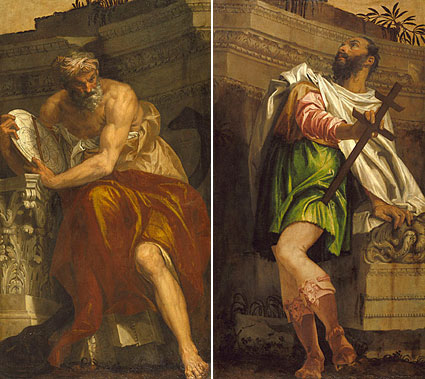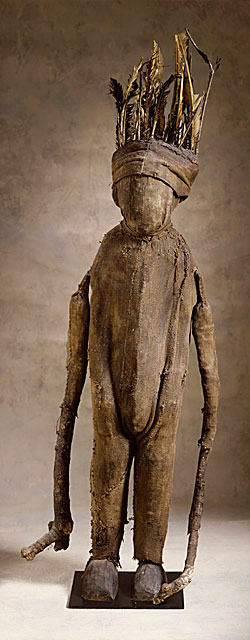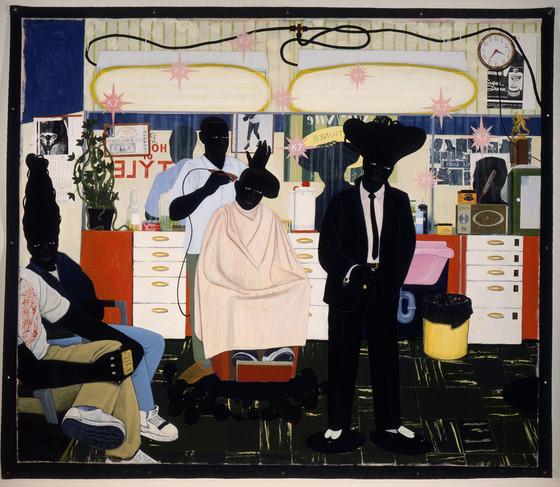Recently, a 35-year retrospective of painter Kerry James Marshall opened at MOCA. Included in the exhibition is one of his masterpieces, De Style (1993), which is in LACMA's collection. In 2010, when the painting traveled to the Vancouver Art Gallery for a retrospective of his work, Unframed spoke to Marshall, who grew up in Los Angeles. As an elementary school student living in Watts, Marshall visited LACMA and began to envision a future as an artist. Since then his work has been widely exhibited by major museums and he is the recipient of a MacArthur Genius award. To celebrate Marshall's homecoming, we are re-posting his discussion about his formative experiences at LACMA.
We arrived in Los Angeles in 1963 from Birmingham Alabama, part of the classic migration story. My father was looking for better opportunities. We all got on a train and took that three-day trip from Birmingham to L.A.
It was so bright! The light was blinding almost. Then you saw palm trees, thirty or forty feet tall, which was something we had never seen before. It was strange and new.
When we first got to California we lived in Watts. We moved to the Nickerson Gardens Projects on 111th Street. Then we moved to South Central L.A. so my father could be closer to work at the VA Hospital in Westwood.
From my third grade teacher I was starting to develop an interest in art. And then in fourth grade we visited the library and I started to learn about technique. I used to watch John Gnagy’s program, Learn to Draw. By the time I got to LACMA on a fifth grade field trip, it really meant something. I was able to see things by people whose work I had seen in books.

There are two paintings in the museum by Veronese. Two big paintings of saints. Those two pictures struck me as the most magnificent things I had ever seen. I grew up looking at a lot of comic books. The figures in those were like super heroes! It was the color, the tone, the drawing. The size. They were extraordinary. They were beyond.
I also saw one of the most powerful things I had ever encountered. In the African Art section, there was a Senufo figure—burlap with feathers in the top and sticks for the arms.

I had never seen anything like it. It was so mesmerizing. It had such a power. I didn’t know anything about it, but there was something about it that was haunting.
I would go back to the museum to see that and the Veronese paintings all the time. Those two things had the most profound impact on me.



